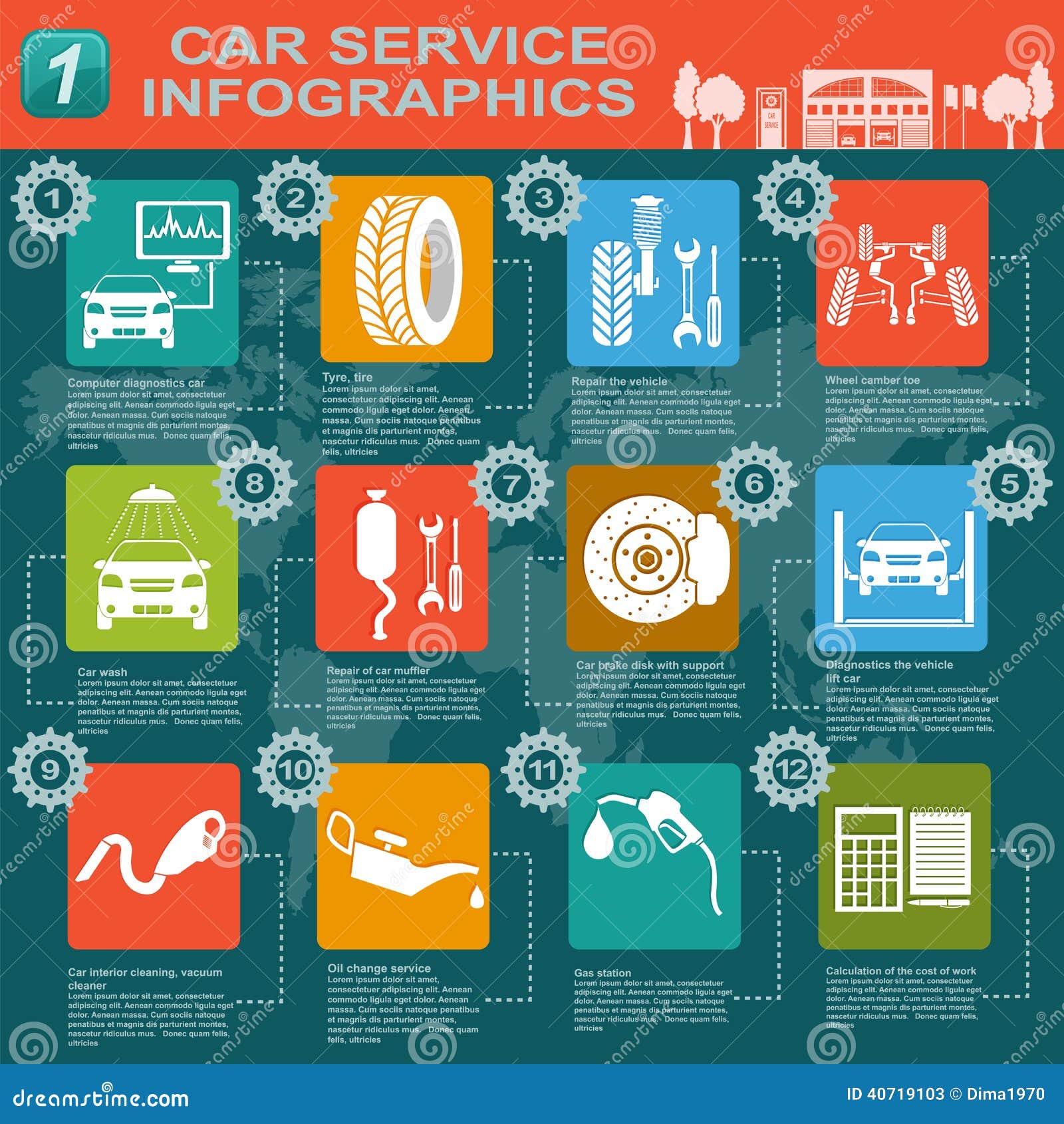Recognizing Your Auto'S Warning Lights: What Do They Truly Mean?
Recognizing Your Auto'S Warning Lights: What Do They Truly Mean?
Blog Article
Write-Up By-Higgins Shepherd
When you lag the wheel, those beautiful caution lights on your control panel can be a bit difficult. Do you know what they're attempting to tell you regarding your vehicle's wellness? Comprehending the value of these lights is crucial for your safety and security and the long life of your vehicle. So, the following time one of those lights appears, would not you intend to decipher its message precisely and take the necessary steps to address it?
Common Caution Lights and Interpretations
Recognize usual warning lights in your automobile and understand their significances to ensure safe driving.
you could check here include the check engine light, which signifies problems with the engine or discharges system. If this light begins, it's vital to have your automobile checked immediately.
The oil stress warning light suggests low oil pressure, calling for prompt attention to prevent engine damage.
more info here flashing battery light might suggest a malfunctioning billing system, possibly leaving you stranded if not attended to.
The tire stress surveillance system (TPMS) light notifies you to low tire pressure, impacting lorry stability and gas performance. Disregarding this could bring about harmful driving conditions.
The abdominal light indicates an issue with the anti-lock braking system, compromising your capability to quit swiftly in emergencies.
Lastly, the coolant temperature warning light warns of engine overheating, which can lead to severe damage if not solved promptly.
Understanding these typical caution lights will certainly aid you attend to problems quickly and keep safe driving conditions.
Significance of Prompt Focus
Comprehending the usual caution lights in your vehicle is only the very first step; the significance of immediately addressing these cautions can't be emphasized sufficient to ensure your safety and security when traveling.
When a warning light brightens on your dashboard, it's your auto's method of interacting a possible problem that requires attention. Neglecting these cautions can result in extra serious problems in the future, compromising your safety and security and potentially costing you a lot more out of commission.
Motivate interest to warning lights can stop breakdowns and accidents. For example, a blinking check engine light might indicate a misfire that, if left neglected, can trigger damages to the catalytic converter. Addressing this promptly can save you from a costly repair service.
In a similar way, a brake system cautioning light might signal low brake fluid or worn brake pads, essential parts for your safety and security when driving.
Do It Yourself Troubleshooting Tips
If you see a warning light on your dashboard, there are a few do it yourself repairing suggestions you can attempt prior to looking for expert assistance.
The very first step is to consult your automobile's guidebook to understand what the specific caution light suggests. In some cases the problem can be as easy as a loose gas cap setting off the check engine light. Tightening the gas cap may deal with the problem.
One more common problem is a reduced battery, which can trigger various warning lights. Inspecting the battery links for rust and guaranteeing they're protected may repair the trouble.
If a caution light continues, you can try resetting it by separating the auto's battery for a couple of minutes and afterwards reconnecting it. Furthermore, inspecting your automobile's fluid degrees, such as oil, coolant, and brake liquid, can help troubleshoot advising lights associated with these systems.
https://www.autonews.com/fixed-ops-journal/auto-dealerships-buy-parts-franchises-and-turn-flow-money-around
In conclusion, comprehending your cars and truck's caution lights is crucial for keeping your car running smoothly and securely. By promptly resolving these alerts and knowing what they imply, you can avoid expensive repair work and possible break downs.
Bear in mind to consult your automobile's guidebook for certain details on each warning light and take action appropriately to make certain a hassle-free driving experience.
Stay informed, stay risk-free when driving!
